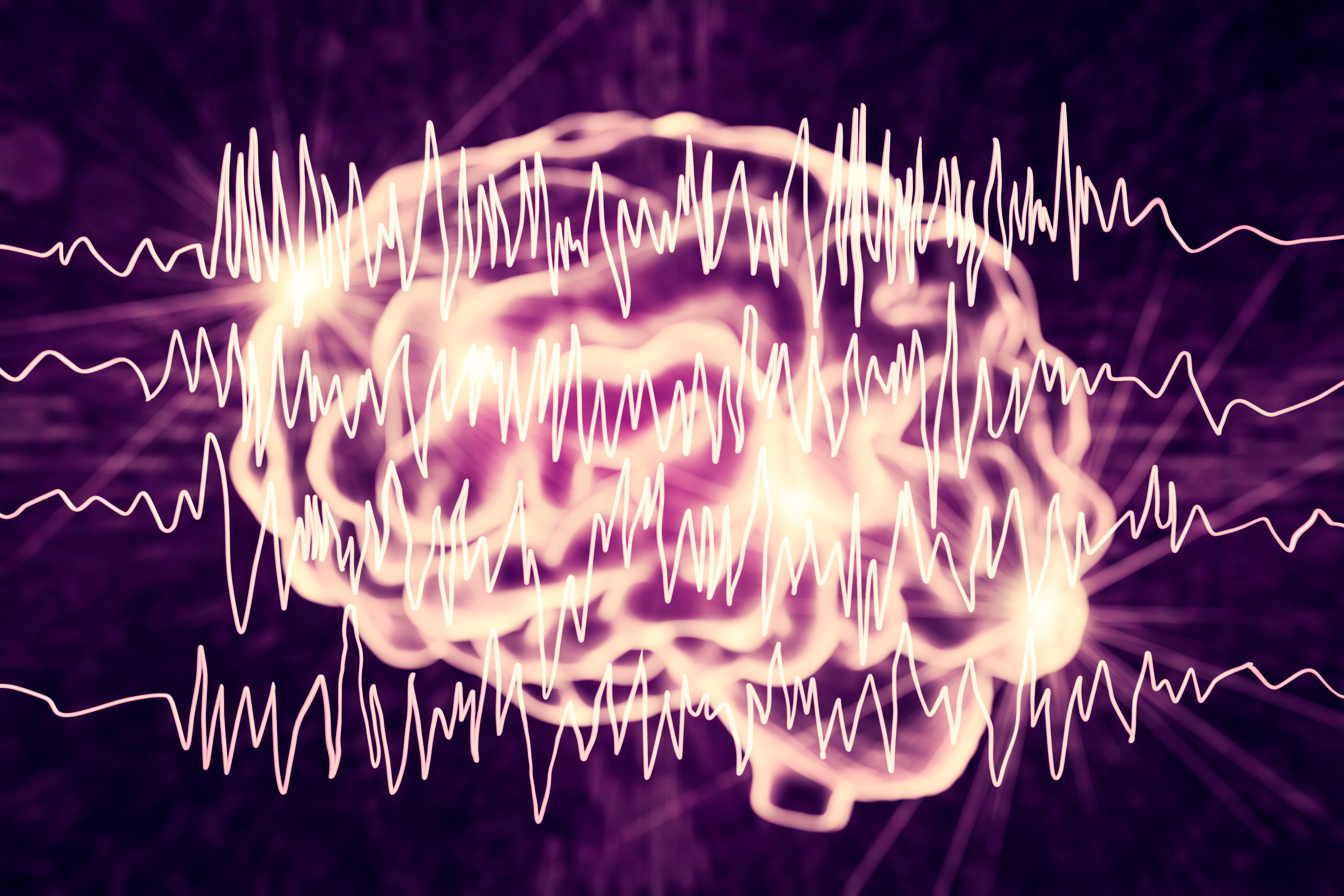Epilepsy, Seizures and Pseudoseizures

Epilepsy is a disease that affects the electrical activity of the whole brain and occurs when an individual experiences two seizures more than 24 hours apart and no underlying cause can be found. It is the most common chronic brain disease and affects people of all ages. According to the U.S. Centers for Disease Control and Prevention, epilepsy affects about 1.8 % of American adults, or about 4.3 million people and 750,000 children.
Causes and Symptoms
While the public tends to think that anyone who has a seizure must have epilepsy, that’s not necessarily true. Anyone can have a seizure under the right conditions, such as high fever, sleep deprivation, alcohol or drug withdrawal, infection, or brain injury. Patients may have just one seizure and never have another. Epilepsy is characterized by having two or more seizures.
It’s not always possible to determine the reason a person develops epilepsy. It could be due to a previous brain injury or illness, an event that caused lack of oxygen to the brain, or genetic factors.
Some known underlying causes include:
- Traumatic brain injury
- Vascular abnormalities
- Brain infections
- Brain tumors
- Lack of oxygen to the brain
- Stroke
- Metabolic problems
- Immune system disorders
- Dementia
- Some genetic conditions
Seizures are the main sign of epilepsy. Usually, they last anywhere from a few seconds to a few minutes depending on the type of seizure. It can sometimes be hard to tell when someone is having a seizure. They may seem confused or staring into space, or they could fall, shake or become unaware of what’s going on around them.
Prevention and Treatment
There is currently no cure for epilepsy, but there are steps you can take to minimize the frequency and risk of seizures. These include:
- Taking prescribed medications as directed
- Eating a balanced diet
- Getting plenty of exercise
- Ensuring you’re getting quality sleep
- Avoiding alcohol, tobacco, and other substances that may affect the brain
- Reducing stress levels
- Using protective gear when playing sports or participating in strenuous activities
- Keeping a first-aid kit available for emergencies, including seizures
New medications, surgical approaches and electrical stimulation devices now offer patients with epilepsy more options for successful treatment than ever.
Epilepsy Monitoring Unit
King’s Daughters Epilepsy Monitoring Unit (EMU) is designed to facilitate accurate diagnosis of seizures. Patients are admitted for inpatient EEG monitoring, which includes video and audio recording of patient events in an effort to capture episodes and identify/characterize these events. Length of stay is determined on an individual basis by your neurology provider.
Patients admitted to the EMU remain in the room for the duration of the stay, unless additional diagnostic testing is required. During this time, they are attached to an EEG machine by electrodes, which continuously records and monitors brain activity.
While admitted, the neurologist may discontinue seizure medication the patient has been taking or use other methods, such as photic stimulation, sleep deprivation or hyperventilation to induce seizure. Patients are encouraged to bring books, magazines and other activities to help them pass the time while admitted to the EMU. Additionally, patients are asked to have one responsible adult family member stay with them throughout the admission.
Nursing care is provided by a Neuroscience Care Center nurse and a neurology technician. Insurance companies require pre-certification for an EMU admission. For more information about the EMU at King’s Daughters or epilepsy treatment, please call King’s Daughters Neurology at (606) 408-2820.










